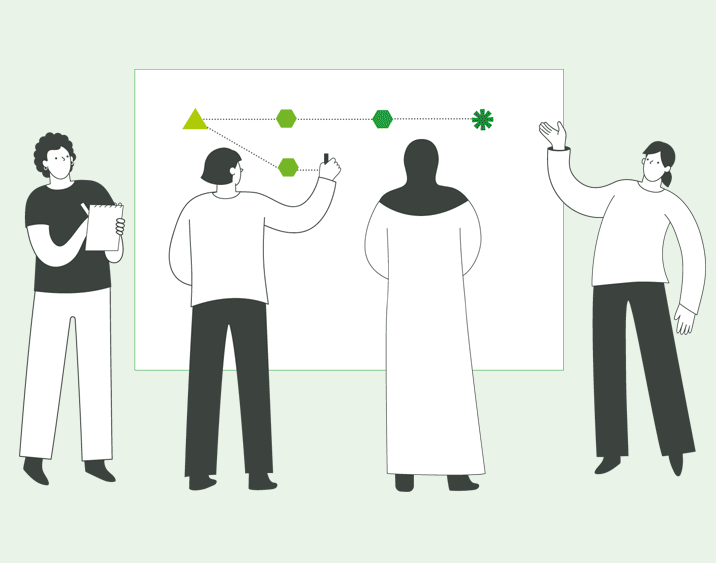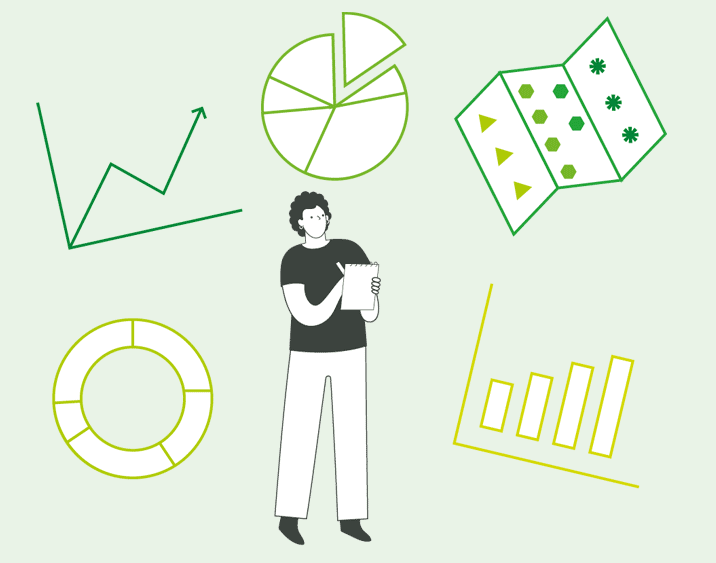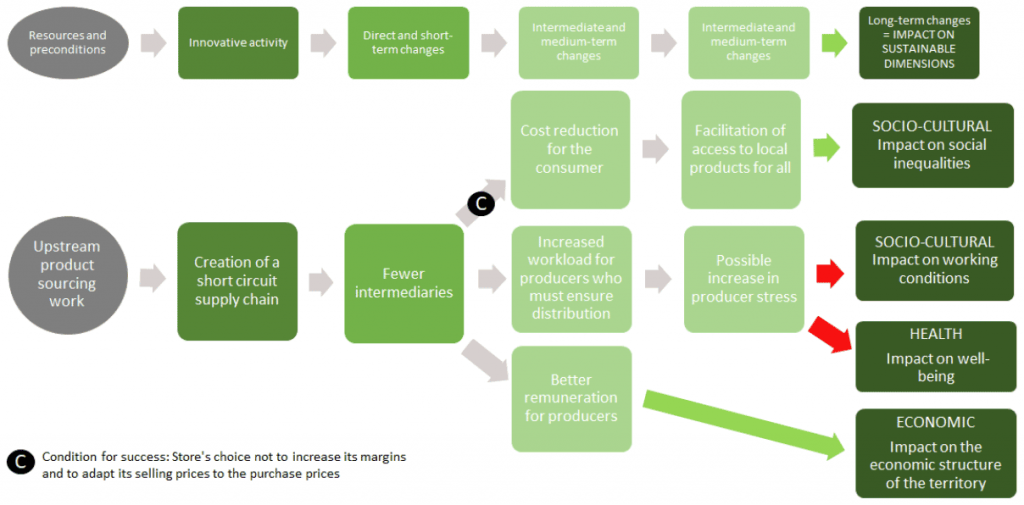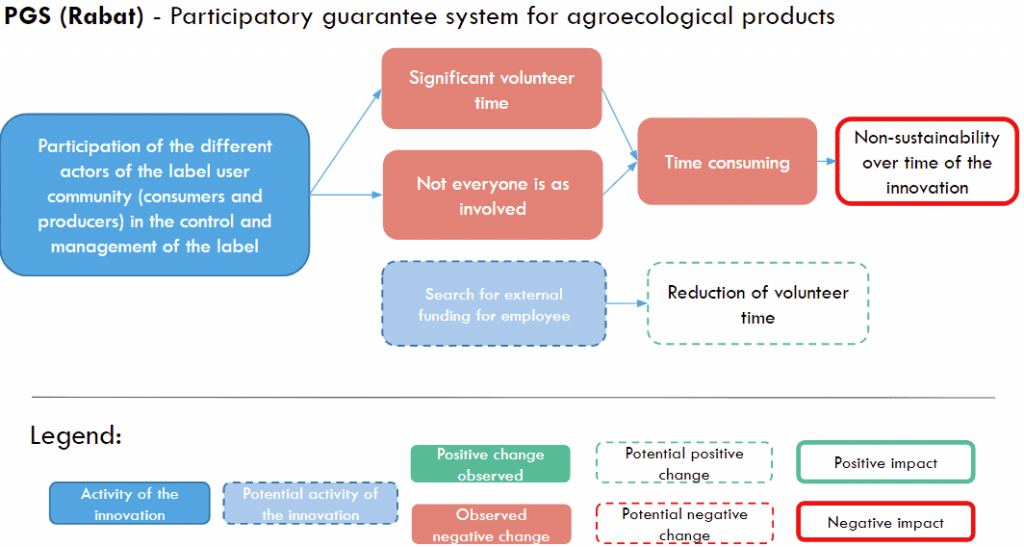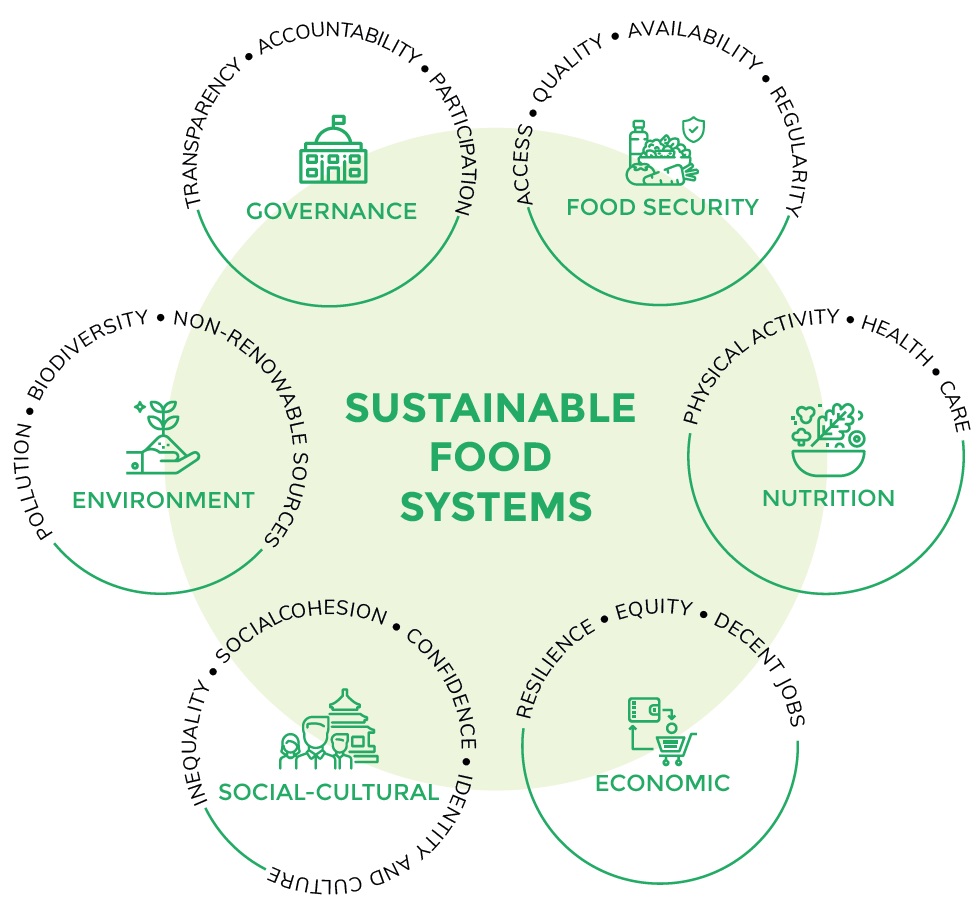Urbal est une méthode en plusieurs étapes pour vous aider à mieux comprendre les impacts de votre innovation sur la durabilité des systèmes alimentaires.
Grâce à des outils permettant de cartographier la manière dont les innovations sociales dans le champ de l’alimentation durable produisent du changement et ont un impact dans le temps, Urbal peut mettre en évidence les principaux obstacles et catalyseurs de la durabilité, et fournir des informations importantes aux membres des communautés, aux praticiens, aux décideur.se.s et aux chercheur.se.s qui travaillent à améliorer les systèmes alimentaires.
Ce guide explique comment utiliser la démarche Urbal. Il fournit des informations détaillées sur la manière de cartographier les changements et les impacts de vos activités sur la durabilité du système alimentaire, et d’identifier les catalyseurs et les obstacles à ces changements et impacts. Urbal offre également la possibilité de comparer, d’évaluer et de suivre la durabilité des innovations.
Consulter le guide
Objectifs d'Urbal
Urbal est conçu pour soutenir les praticiens publics et privés, notamment les porteurs et porteuses d’innovation, les décideurs et décideuses politiques, et les bailleurs et bailleuses, qui souhaitent mener une réflexion sur leurs actions en vue d’une amélioration de la durabilité des systèmes alimentaires.
- Urbal est un outil gratuit, en accès libre, adaptable et facile à utiliser, qui permet une évaluation de l’impact des innovations sociales alimentaires sur la durabilité, et facilite ainsi la prise de décision et la planification.
- Urbal vous aide à identifier et à cartographier comment une innovation produit des changements et génère des impacts sur la durabilité des systèmes alimentaires.
- Urbal vous aide à identifier les freins et les leviers pour ces changements vers des systèmes alimentaires plus durables.
- Urbal montre comment les innovations contribuent à transformer les systèmes alimentaires durables, en étant reproduites, mises en réseau, amplifiées, soutenues et/ou diffusées à plusieurs échelles.
- Urbal permet, dans une étape optionnelle, d’identifier et de sélectionner des indicateurs d’évaluation.
Grâce à des ressources en ligne, en accès libre et personnalisables, Urbal permet :
- La participation d’acteurs et actrices multiples et leur co-apprentissage.
- Un exercice réflexif pour cartographier les voies du changement et leur impact.
- Une évaluation des différentes composantes de la durabilité.






